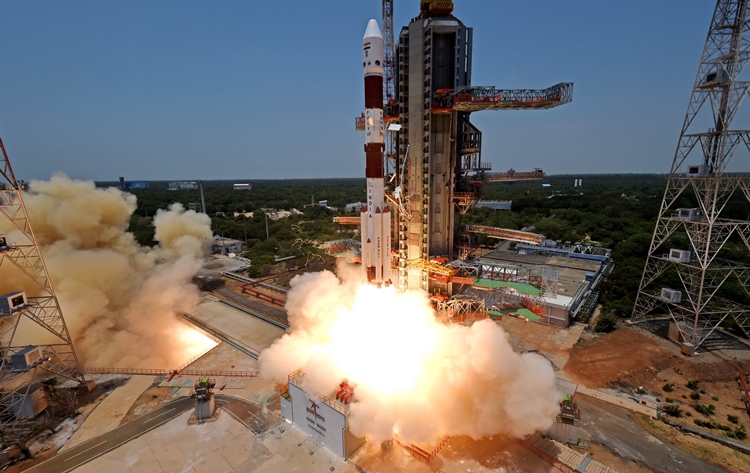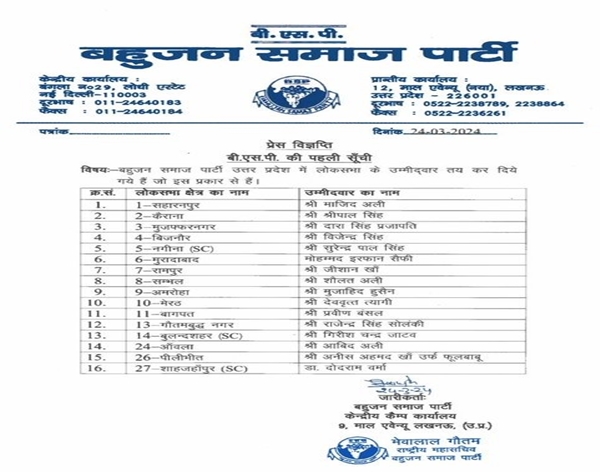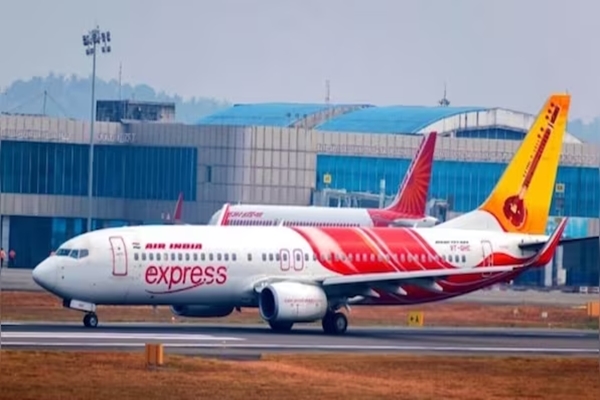India’s journey towards the sun began today as the maiden flight mission took off precisely at 11. 50 am at the Sathish Dhawan Space Centre Sriharikota. It took almost one hour and three minutes for Aditya L1 to begin its 125 days journey to the sun.
On the sunny afternoon, the PSLV C57 rocket carrying Aditya L1 soared into the clear skies with a reverberating sound and with the crowds at ISRO expressing their happiness with whistles and claps. Scientists at the Control Centre shared smiles with each other as the rocket went up to the skies. India’s ambitious mission to the sun comes close after the achievement of Chandrayaan – 3. PSLV C 57 carrying Aditya L1 is the XL variant with longer strap on motors carrying higher fuel quantity . All the flight parameters were absolutely normal. 51minutes after the launch the first signal was received from the ship borne terminal for tracking the second part of the fourth stage. In a period of four months, Aditya L1 will reach the Lagrange 1 point. where the gravitational forces of a two body system like the Sun and the Earth produce enhanced regions of attraction and repulsion. Aditya'sL1 mission is to study the solar winds and the Sun' s atmosphere. It carries seven payloads to observe the photosphere, chromosphere and the outermost layers of the Sun, the Corona.
This will help understand the problems of coronal heating. Coronal mass ejection, pre-flare and flare activities, dynamics of weather and the study of the propagation of particles and fields in the interplanetary medium. Soon after India’s successful mission to the moon on the 23rd of August, Indian Space Industry witnessed another journey to the Sun which has been undertaken by four other space Centres in the World. ISRO's service includes not only orbiting India’s own satellites but also hundreds of foreign satellites and in the process earn foreign exchange for the country.India has till date launched 431 foreign satellites belonging to 36 countries since 1999 with its rockets and bulk of the numbers were by the PSLV rocket.The rocket has also been used to put into orbit 104 satellites in a single flight.















